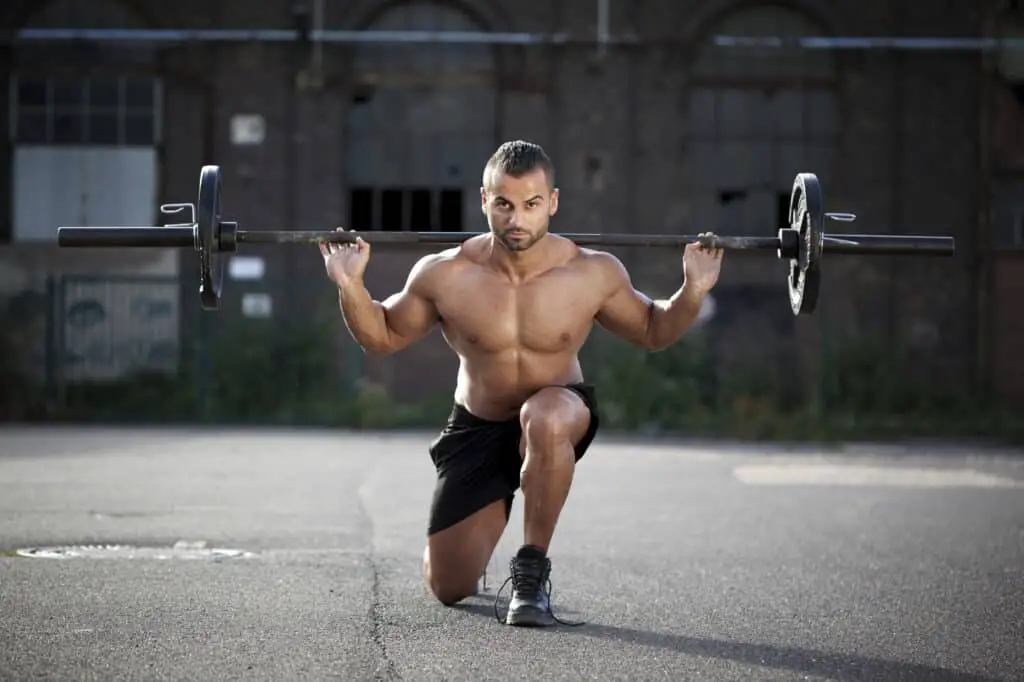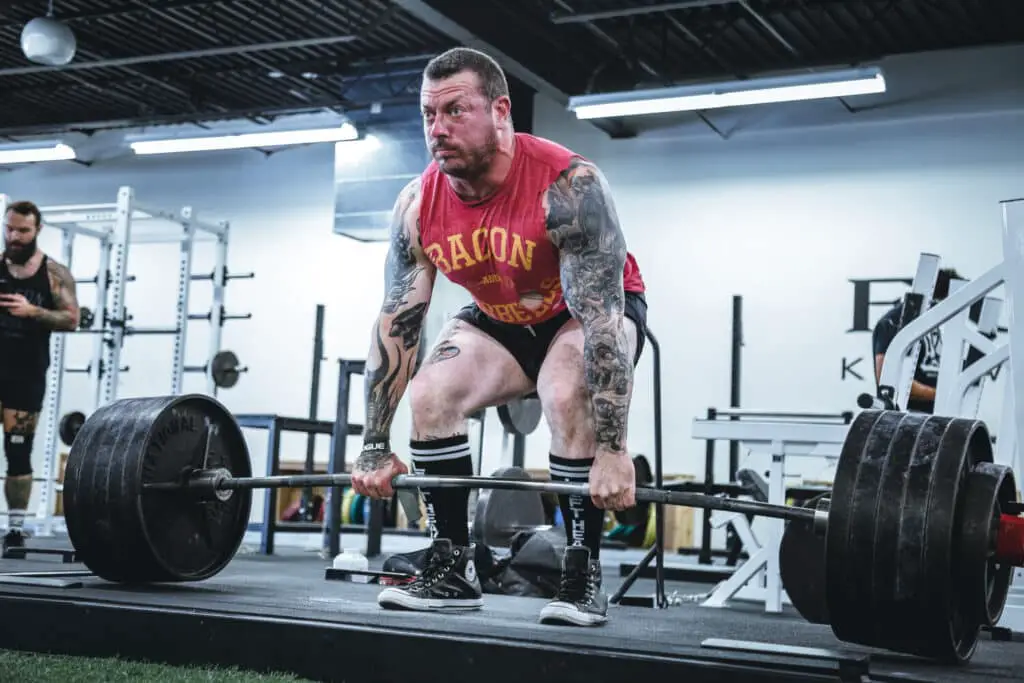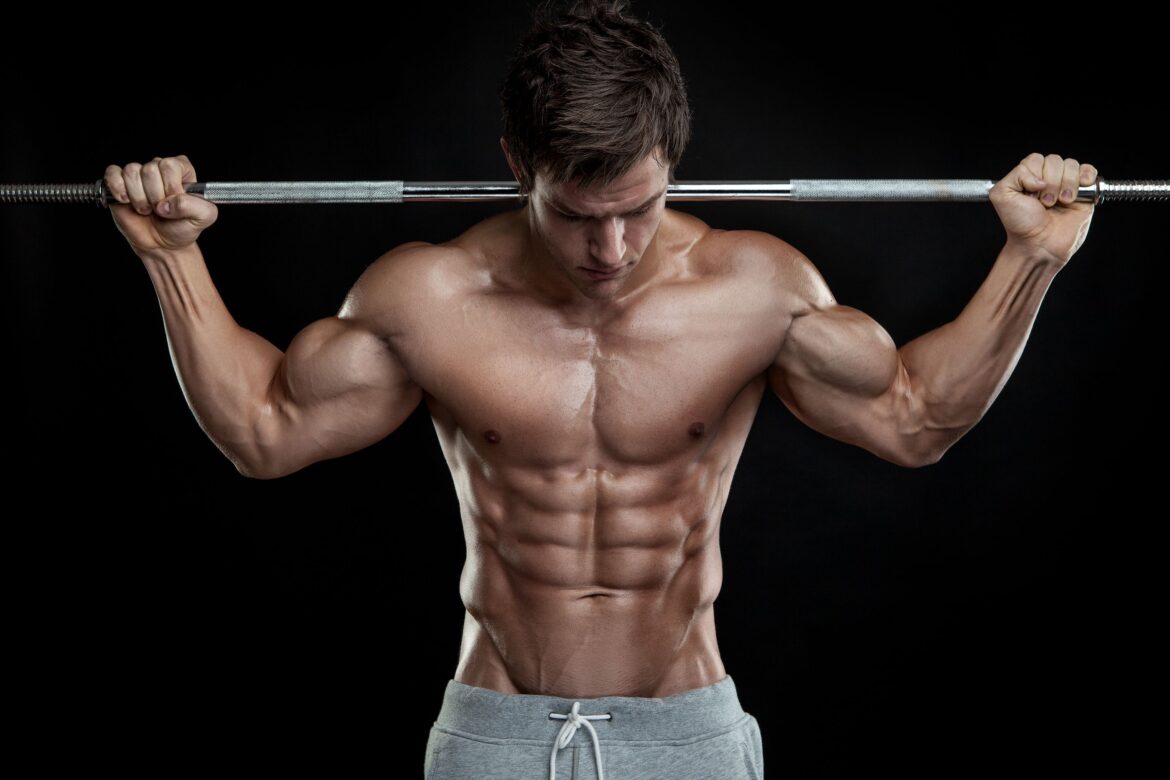Introduction
Are Powerlifters Stronger Than Bodybuilders: The key differences between powerlifting and bodybuilding, examining the varying definitions of strength in each discipline and shedding light on the factors that make one group appear stronger than the other in specific contexts. It’s important to recognize that while powerlifters excel in certain aspects of strength, bodybuilders possess their own unique strengths related to aesthetics and muscle development. Ultimately, the comparison between these two disciplines serves as a testament to the diverse ways in which individuals can express and harness their physical prowess.
On the other hand, bodybuilders place a greater emphasis on hypertrophy, sculpting their physiques to achieve a balanced and aesthetically pleasing appearance. While bodybuilders tan certainly gain strength as they build muscle, their primary objective is not necessarily to lift the heaviest weights possible but to develop well-defined muscles and symmetry. As a result, bodybuilders might not showcase the same raw strength as powerlifters in these specific lifts.
However, it’s essential to recognize that this apparent disparity in strength is context-dependent. In a powerlifting competition, where the criteria revolve around lifting maximal weights, powerlifters undoubtedly demonstrate their superior strength in the squat, bench press, and deadlift. Conversely, in a bodybuilding competition, where the focus is on muscular development, bodybuilders exhibit their own form of strength by displaying finely sculpted physiques, control over muscle contractions, and endurance during lengthy posing routines.

Can powerlifters beat bodybuilders?
Powerlifters are generally stronger than bodybuilders because they train for max strength, while bodybuilders train for aesthetics.
Powerlifting competitions are primarily judged based on one’s ability to lift the heaviest weights possible in the squat, bench press, and deadlift. Success is quantifiable, as lifters aim to achieve the highest one-repetition maximum (1RM) in these lifts. In this context, powerlifters undoubtedly have the upper hand when it comes to raw strength, as their entire training regimen is designed to excel in these specific movements.
Bodybuilding, on the other hand, places the emphasis on aesthetics. Competitors are judged on their muscular development, symmetry, proportion, and overall presentation during posing routines. While bodybuilders certainly gain strength as they build muscle, their primary goal is not necessarily to lift the heaviest weights. Thus, they may not match powerlifters in terms of pure powerlifting performance.
The goals of powerlifters and bodybuilders differ significantly. Powerlifters aim to maximize their strength in the squat, bench press, and deadlift, often with the goal of setting personal records or competing at the highest levels. Bodybuilders, conversely, strive to sculpt their bodies to achieve a balanced and aesthetically pleasing appearance. Their focus is on muscle definition, size, and overall physique rather than lifting the heaviest weights possible.
Are powerlifters stronger than weightlifters?
Powerlifting is less technical than Olympic lifting and uses heavier weights. Since both types of lifting build strength, both types of lifters are stronger than typical weightlifters. Powerlifters are able to build a lot of size and body mass because of the heavy lifting and big muscle gains.
Raw Strength: When it comes to raw, brute strength in individual lifts, powerlifters have the edge. They train intensively to maximize their one-repetition maximum (1RM) in the squat, bench press, and deadlift. This training focus results in remarkable feats of strength, such as lifting massive amounts of weight in a single rep.
Explosive Power: Weightlifters, on the other hand, emphasize explosive power and speed. The snatch and clean and jerk require a combination of strength, speed, and technique to lift heavy weights rapidly. While they might not exhibit the same raw power as powerlifters in individual lifts, weightlifters excel in the dynamic, full-body movements of their sport.
Total Strength: To determine overall strength, we must consider the total weight lifted in each sport. Powerlifters compete by accumulating their best lifts in the squat, bench press, and deadlift, while weightlifters do so in the snatch and clean and jerk. The comparison here is challenging, as the two sports have different sets of lifts and criteria for success. However, it’s worth noting that powerlifting totals often involve lifting much heavier weights, given the nature of the squat and deadlift.
Why are powerlifter strong but not big?
1. Higher Reps and Chasing the Pump. Powerlifters generally train in a low rep range (1-5 reps) while bodybuilders tend to favor a moderate rep range (6-12). The adaptations associated with these may explain at least part of the hypertrophic differences between these two classes of athletes.
Training Emphasis:
- Powerlifting is a sport centered around three primary lifts: the squat, bench press, and deadlift. The training programs of powerlifters are designed to enhance performance in these specific exercises.
- The training for powerlifting typically involves lifting very heavy weights for low repetitions (often in the range of 1 to 5 reps). This approach prioritizes building neural adaptations and strength without necessarily stimulating significant muscle hypertrophy.
Repetition Ranges:
- The hypertrophy or muscle-building range typically involves moderate repetitions (around 8 to 12 reps per set) with a focus on time under tension. Powerlifters, however, primarily train in lower rep ranges, which are better suited for developing maximal strength.
- Muscle hypertrophy occurs when there is consistent tension and fatigue placed on the muscle fibers, often achieved through higher repetition ranges and more volume.
Who eats more bodybuilder or powerlifter?
Powerlifters eat to provide immense amounts of energy, rather than maintain muscle or build a certain physique. They eat high fat, high calorie and high protein foods in order with a much higher calorie intake than the bodybuilders.
Nutrition for Muscle Growth: Bodybuilders prioritize muscle hypertrophy (muscle growth) as their primary goal. To achieve this, they often follow a diet that supports muscle protein synthesis and repair. This typically involves consuming more protein and calories to create a surplus for muscle growth.
Meal Frequency: Bodybuilders often follow a meal plan that includes frequent meals throughout the day, typically ranging from 5 to 7 meals. This frequent eating pattern helps maintain a steady supply of nutrients to support muscle repair and growth.
Macronutrient Composition: Bodybuilders closely monitor their macronutrient intake, focusing on high protein consumption to support muscle recovery and carbohydrates for energy. Healthy fats are also included in their diet for overall health.
Caloric Surplus: Many bodybuilders intentionally consume more calories than they burn (caloric surplus) to promote muscle growth. This can result in a higher overall daily caloric intake.
Do powerlifters get stronger faster?
Improvements to functional strength
Given that the movements used in powerlifting develop maximal strength across the biggest muscles in your body, powerlifting can improve your overall functional strength for performing day-to-day activities.
Nutrition for Strength: Powerlifters prioritize maximal strength in specific lifts, such as the squat, bench press, and deadlift. While they still require adequate protein and nutrients for muscle repair and recovery, their primary focus is on strength, not necessarily muscle size.
Meal Timing: Powerlifters may have a less rigid approach to meal timing than bodybuilders. Some may eat fewer meals throughout the day, focusing on larger, calorie-dense meals.
Macronutrient Composition: Powerlifters often maintain a balanced macronutrient ratio, with a focus on carbohydrates for energy and protein for muscle recovery. The proportion of macronutrients may vary based on individual preferences and needs.
Caloric Needs: While powerlifters may not always aim for a caloric surplus like bodybuilders, they still require a significant amount of calories to fuel their intense training sessions and support recovery.
Do powerlifters have good physique?
Powerlifters may well be ripped. But the job of a powerlifter is not to burst through shirt sleeves with those bulging biceps. Instead, they’re aiming to build as much strength as possible in three lifts: the squat, bench, and deadlift. If their training makes a powerlifter appear muscular, that’s incidental.
Powerlifters focus on developing maximal strength in the squat, bench press, and deadlift. While their primary goal is not necessarily hypertrophy (muscle growth), they do build significant muscle mass, especially in the muscle groups targeted by these lifts. This includes the quadriceps, hamstrings, glutes, lower back, chest, and triceps. As a result, powerlifters often have well-developed and thick musculature in these areas.
Powerlifters come in various body shapes and sizes, as they compete in weight classes. Some powerlifters may carry more body fat to provide leverage and support for heavy lifting, leading to a larger appearance. Others may be leaner and exhibit more muscle definition, depending on their weight class and individual preferences.
A hallmark of a powerlifter’s physique is a robust and stable core. The core muscles, including the abdominals and obliques, are crucial for generating power and maintaining proper posture during heavy lifts. Consequently, powerlifters often have well-developed and thick midsections.
When should I stop powerlifting?
If you are currently in your 50s or 60s and have been lifting weights for many years, then it is likely that you will be able to continue doing so for many years to come. However, if you are in your 70s or older or have not been lifting weights for very long, you may need to start considering stopping.
Evaluate whether you have achieved the specific goals you set out to accomplish in powerlifting. These goals may include reaching a certain strength level, competing at a certain level, or breaking personal records. Once you’ve met your objectives, you might decide to shift your focus to other pursuits.
Assess your physical health and any injuries you may have incurred during your powerlifting journey. Chronic pain, recurrent injuries, or concerns about long-term joint and muscle health may influence your decision to step back from powerlifting. Prioritizing your health and well-being is essential.
Life circumstances and priorities can change over time. You may find that other commitments, such as career, family, or personal interests, become more significant in your life. In such cases, you may choose to reduce your involvement in powerlifting to accommodate these changes.
The intense training and competitive nature of powerlifting can lead to burnout and mental fatigue. If you no longer find joy or fulfillment in the sport, it might be a sign that it’s time to step away or take a break to reevaluate your relationship with powerlifting.
Should I bulk for powerlifting?
If you are in a weight class sport like powerlifting, it can make sense to stay a bit leaner, since having more muscle in comparison to your competition in the same weight class can give you and advantage.
Bulking can lead to significant increases in both muscle mass and body fat. While this can contribute to strength gains, it’s important to distinguish between the two. Not all weight gain during a bulk will translate directly into improved lifting performance.
Assess your competitive goals and the weight class you plan to compete in. Powerlifting competitions have specific weight classes, and if you are close to the upper limit of your current class, bulking may not be advisable unless you intend to move up a weight class intentionally.
Consider your current body composition and whether you are within a healthy range for your age and activity level. If you already have a high body fat percentage, bulking may lead to excessive fat gain and potential health risks.
The decision to bulk should align with your training phase. Many powerlifters go through cycles of bulking and cutting. Bulking phases are typically followed by cutting phases to reduce body fat while preserving muscle. The choice to bulk should coincide with a strength-building phase of your training program.

Conclusion
Powerlifters showcase their superior raw strength when it comes to the three competition-specific lifts: the squat, bench press, and deadlift. Their training revolves around achieving the highest one-repetition maximum in these exercises, making them formidable in the realm of lifting maximal weights.
Conversely, bodybuilders prioritize aesthetic muscle development and symmetry, and while they certainly gain strength as they build muscle, their primary focus isn’t necessarily on powerlifter stronger the heaviest weights. Instead, they exhibit strength in control over muscle contractions, endurance during posing routines, and the ability to craft a visually appealing physique.
Your decision to step back from powerlifting. Prioritizing your health and well-being is essential. The question of whether powerlifters are stronger than bodybuilders lacks a definitive answer because it depends on how strength is defined and the specific context in which it’s evaluated. Both disciplines require incredible dedication, discipline, and hard work, and they produce athletes with unique strengths tailored to their respective goals.

